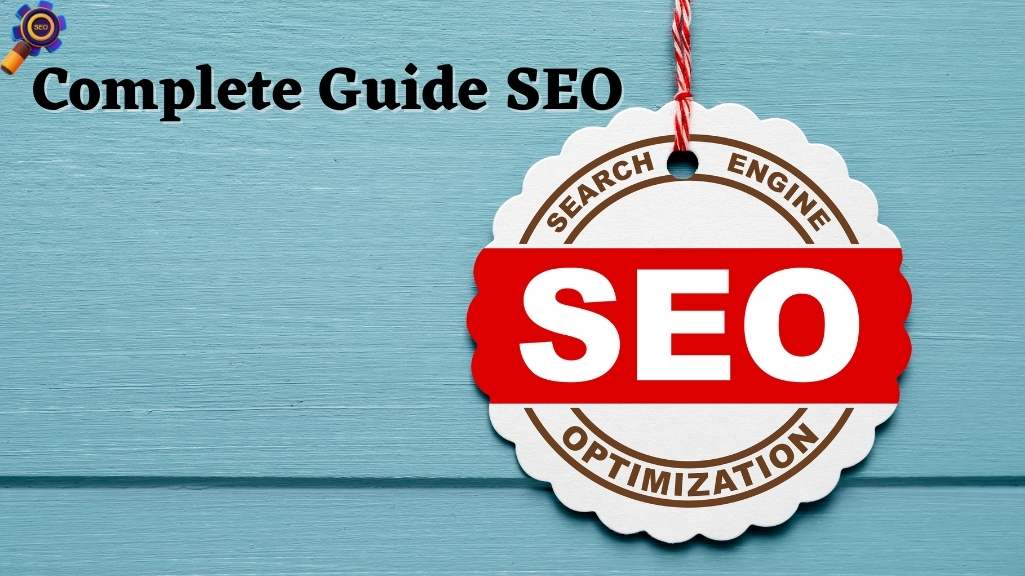The Complete Guide to SEO for the Year 2022
Devin Barton
. 3 min read
The abbreviation for "search engine optimization" is "SEO." The expansion of a company's visibility in organic search results is the objective of search engine optimization, or SEO. Because of these efforts, the company's website receives an increase in the number of visitors, which in turn results in an increase in the number of conversions, which results in an increase in both customers and revenue. When I am asked to explain what search engine optimization (SEO) is, I frequently choose to call it a strategy to ensure that when someone searches Google for your product or service category, your website is one of the results that they find.

Rankings of Search Engine Optimization
The position of your website within the list of results returned by a search for a particular keyword is referred to as its keyword ranking. Your ranking URL would be the web page that is displayed as a result of a user searching for the specific keyword; this result would be the web page that has your ranking. It is possible for a single website page to rank highly for multiple relevant search keywords and phrases.
Visibility of Search Engine Optimization
To put it another way, search engine optimization visibility refers to the overall percentage of the total possible traffic or clicks that your website receives for a particular keyword in an organic search. And the positioning of your website in search engine results pages (SERPs) in relation to that of your competitors has a significant impact on the percentage. When a search query that is relevant to your website is entered, it is a way of representing how visible your website is in the organic search results.
What exactly is the significance of SEO?
Your ranking on search engines like Google and Bing will improve in direct proportion to the quality of your SEO score. While a higher Google ranking is desirable for all brands because it results in increased visibility, the trust you earn with prospective customers is an additional benefit that comes as a byproduct of this. Because users have a tendency to follow the suggestions that are generated by a search engine, having a higher position for the keywords that a user is searching for will, in turn, solidify your product or service as trustworthy in the mind of the user.
How does Google determine where a page should be ranked?
When determining where your website falls in the rankings on Google, the search engine looks for two things: authority and relevancy. A ranking for a website will be generated by Google based on the outcomes of the algorithm as well as the information that is gathered by search engine "spiders." These websites will appear on the pages that contain search results in the order that corresponds to their rank. Being at the top of the page conveys how relevant the page is to the search query when compared to other results.
What exactly is a strategy for SEO?
To put it another way, search engine optimization strategy is all about providing your audience with an exceptional search experience. Your brand is presented to searchers at every stage of the customer journey when you have a successful SEO marketing strategy. This is one of the primary benefits of having such a strategy. As a consequence of this, customers will regard your business as a reliable and well-known source of information regardless of where they are in the sales funnel.
Three Essential Elements that make up a Powerful SEO Strategy
Technical Setup
Analyzing what you're doing well and what needs improvement with the assistance of tools such as SEMRush, Screaming Frog, and Google Search Console can be of great assistance to you. The purpose of carrying out this kind of audit is to acquire the ability to arrange a list of things that need to be done in the order of those that will produce the most beneficial results in the shortest amount of time.
The navigation and link structure of the website
The structure of your website's navigation is one of the most important factors that determines how well search engine crawlers are able to locate and index your content. A navigation system that is well-structured can assist search engines in determining which pages are the most important and can contribute to the formation of page authority. In contrast, an insufficient or overly crowded navigation structure on a website can make it more difficult for web crawlers to locate important pages and can dilute link equity.
Simple URL structure
When it comes to the correct format for URLs, there is a wealth of information that can be quite perplexing. This much is certain. To be fair, it is a pretty multi-dimensional concept that consists of a lot of different components that all work together. Even though having a good URL structure isn't exactly the holy grail of search engine optimization (SEO) efforts, it's still a noteworthy way to gain a possible edge over your competition in the search engine rankings, so it's something you should pay attention to.
More Stories from
Google Photos: Your Ultimate Digital Memory Keeper
Explore Google Photos: Your ultimate memory keeper with automatic backup, smart organization, and easy sharing features.
Securing Real-Time Conversations: The Power of Triple Data Encryption Standard (3DES)
Learn how Triple Data Encryption Standard (3DES) elevates data security with its triple encryption process, safeguarding sensitive information during data transmission.
Fortifying Digital Assets: Ensuring Robust IP Security in a Connected World
It highlights the value of safeguarding intellectual property from external and internal threats, emphasizing the preservation of innovation and competitive advantage.
Decoding the DNS: Enabling Seamless Internet Connectivity
The Domain Name Service (DNS) is a vital system that translates user-friendly domain names into machine-readable IP addresses, enabling seamless internet connectivity.
LAN Event Generator: Powering the Next Generation of Local Area Network Gatherings
Discover the game-changing impact of the LAN Event Generator, a sophisticated software application designed to streamline the organization of LAN events.









.png?width=40&aspect_ratio=1:1)


.png?width=40&aspect_ratio=1:1)